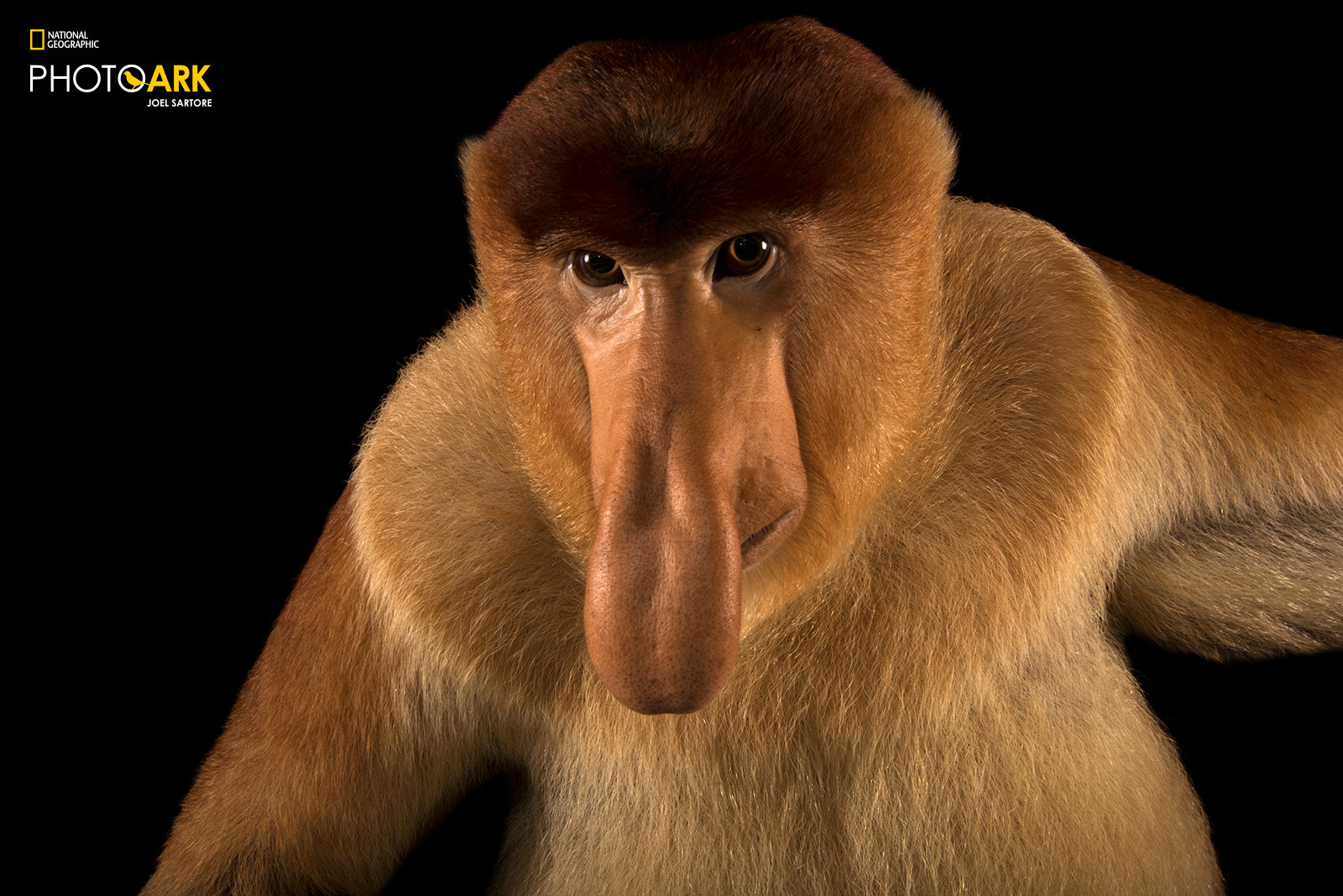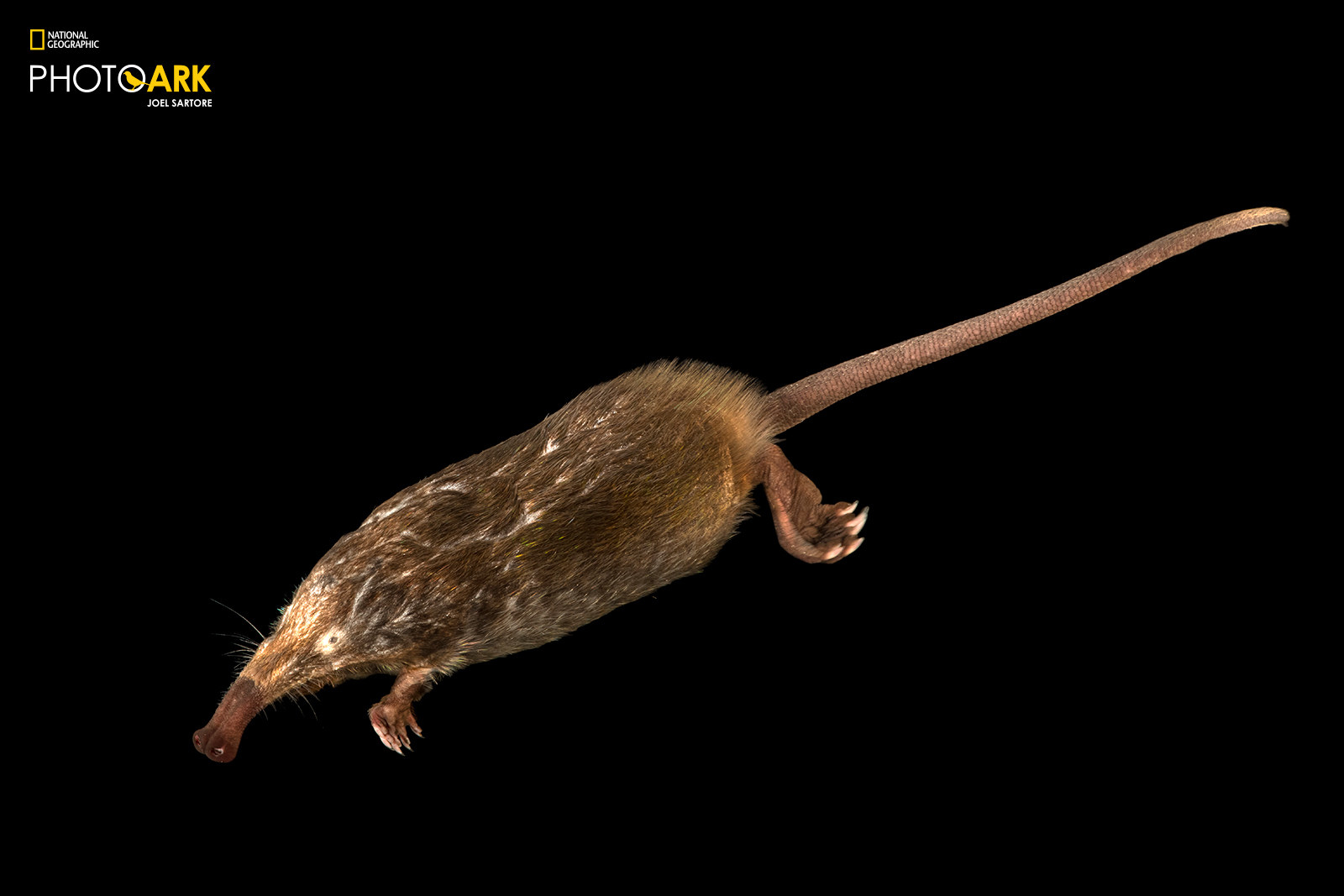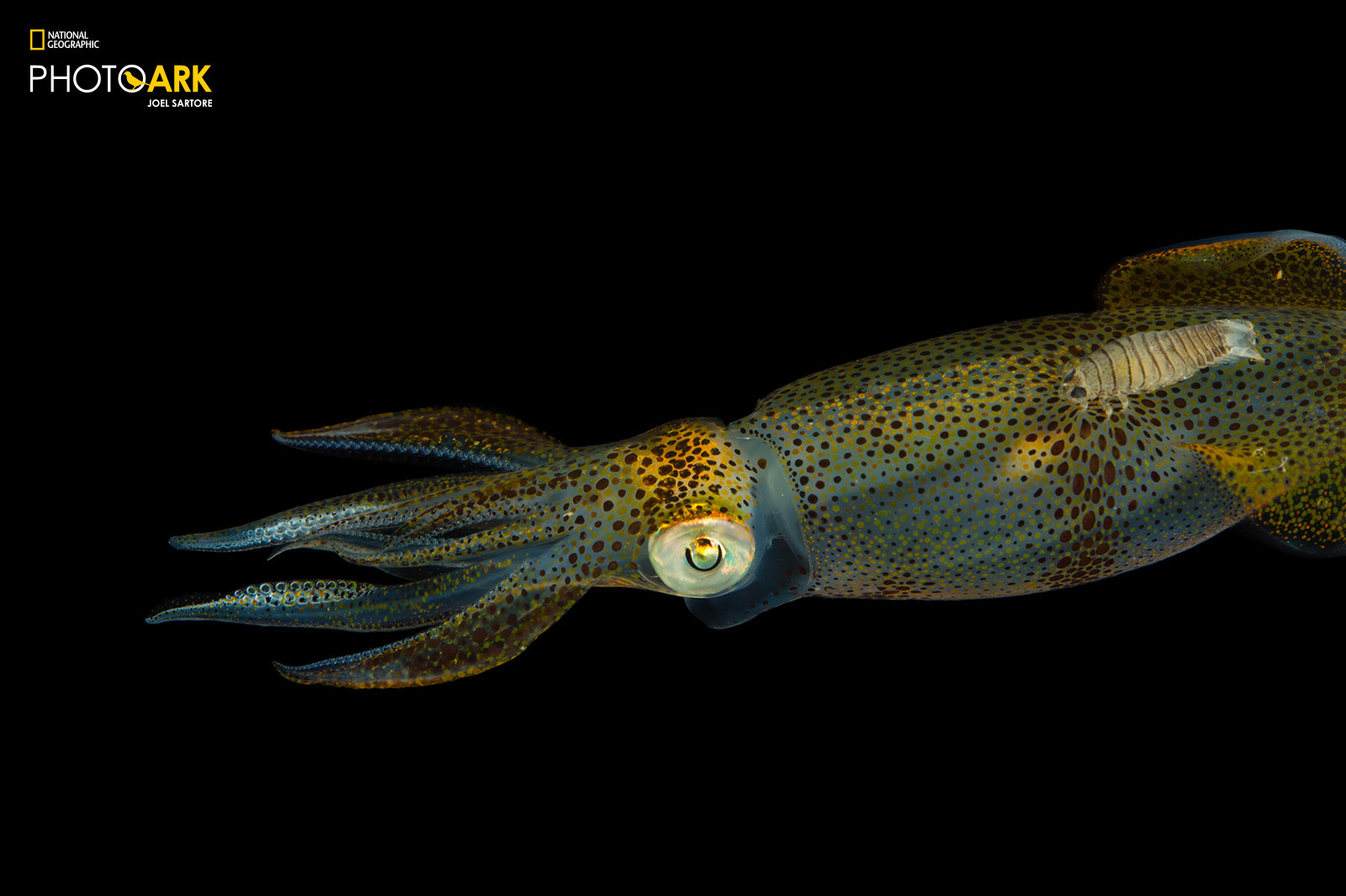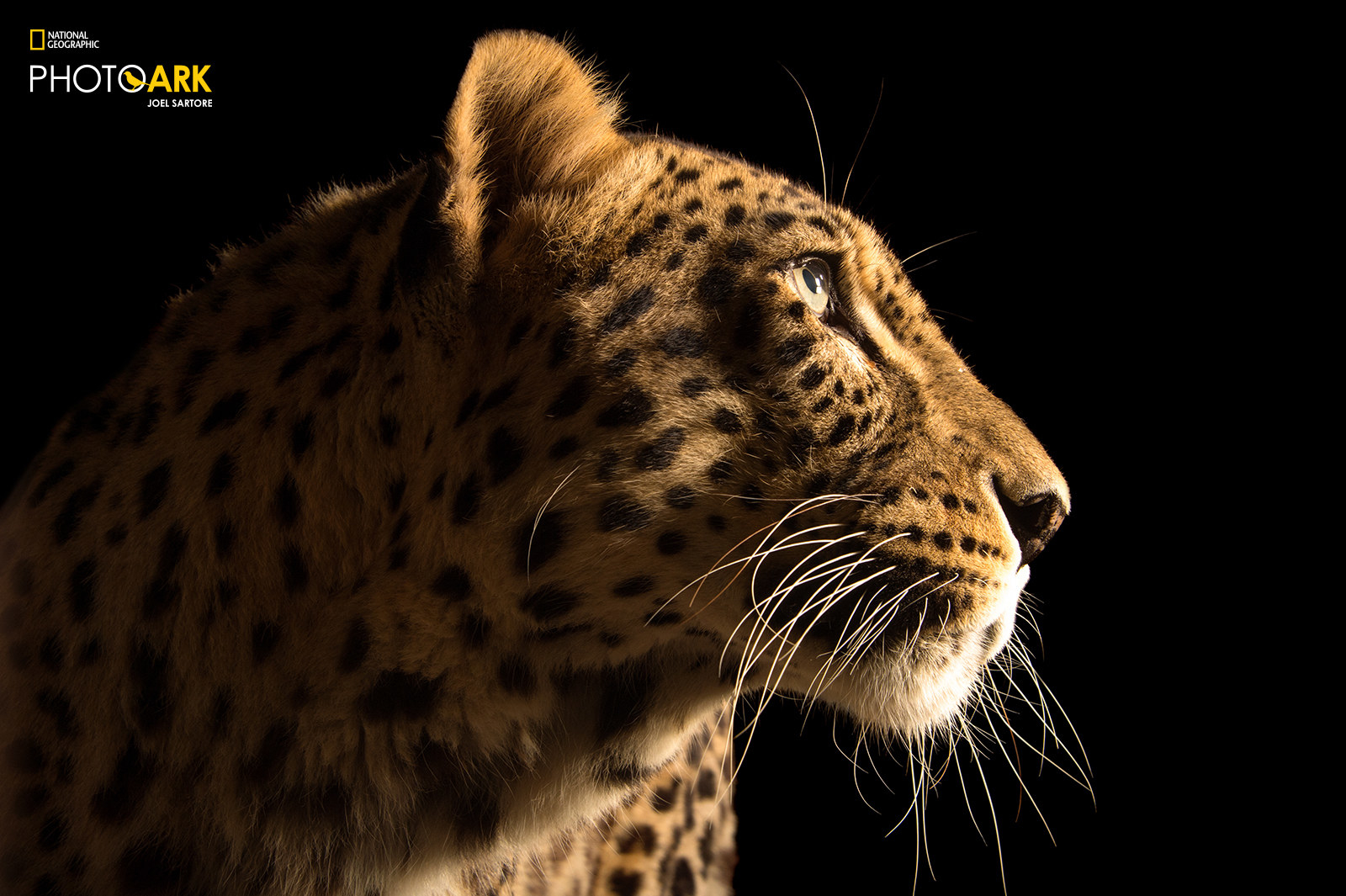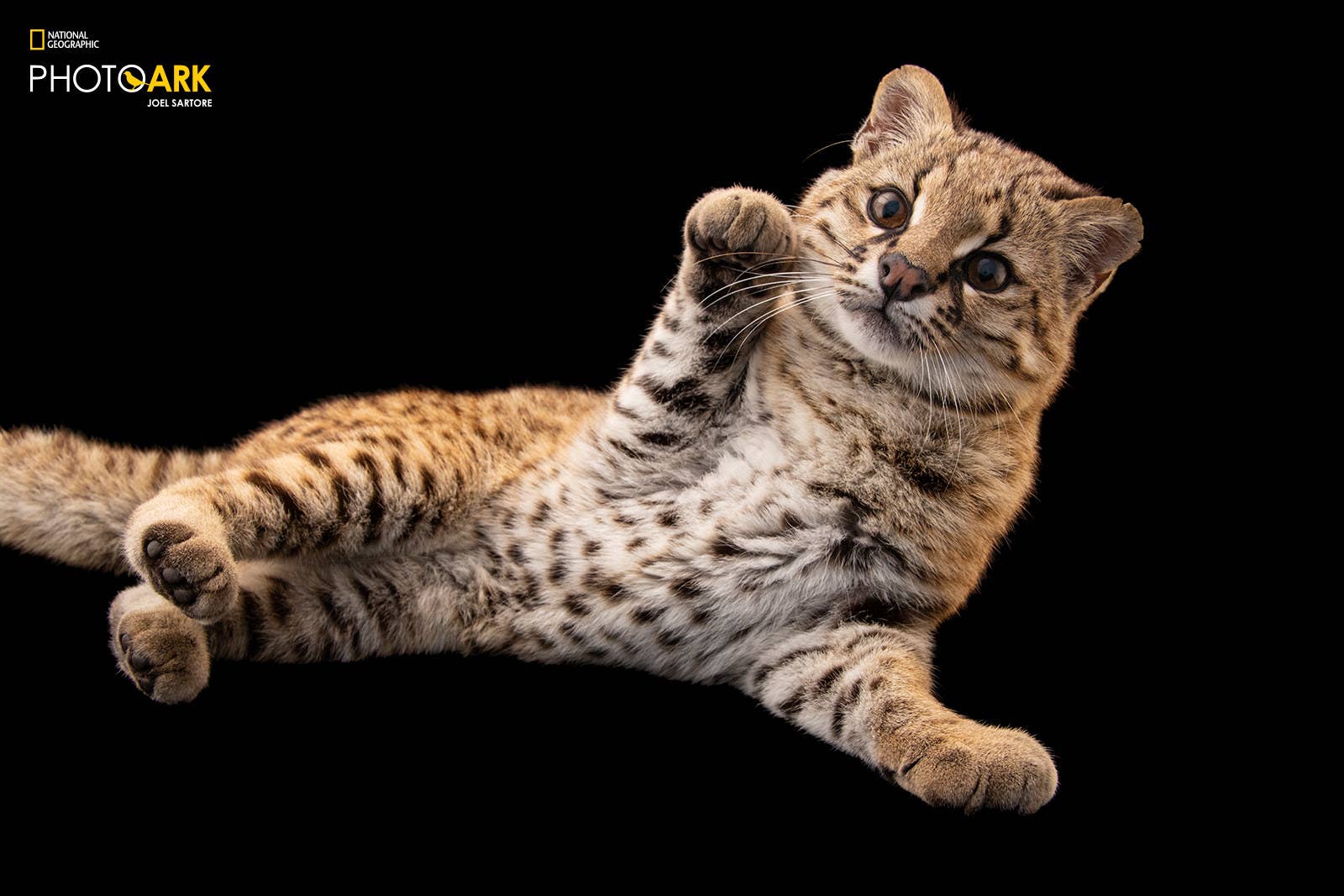
Joel Sartore, a photographer based in Lincoln, Nebraska, has worked with National Geographic for over 30 years, and has led the Photo Ark for the past 15. The mission of the Photo Ark is to document the 15,000 species that are in captivity, many of which are on the edge of extinction. Sartore recently photographed his 10,000th species, a small cat known as a güiña that is native to Chile. We spoke with Sartore about this project, and the state of conservation, in an interview that is edited and condensed for clarity.
HOW DID THIS GET STARTED?
I’ll go back and start at the beginning: About 15 years ago my wife was diagnosed with breast cancer, and so I stopped everything for about a year to come home and take care of the kids. She’s fine today, but during that year she was pretty sick and I had a lot of time to think. I had done a lot of stories around the world and I had met a lot of smaller species that would never have their stories told before they went extinct.
I went to the Lincoln Children’s Zoo and photographed a naked male rat, on a white cutting board in the zoo kitchen. And then some poison dart frogs, and their hand-raised turaco, which is a tropical bird, and then I did pretty much everything I could. I went to Omaha, Sioux Falls, Kansas City, Denver, Des Moines — just all these places that I could drive to in my Prius.
I called it the biodiversity project back then, but I forgot the name of the project during a live interview a couple years into it, and I thought, I better come up with something simple. The Photo Ark — it's easy to understand its purpose, the name says it all.
Compared to the minnows and squirrels and newts and salamanders and sparrows out there, most of the ink goes to giraffes and zebras and lions and bears and whales. The small stuff that makes the world run, like ants and beetles, they don’t ever really get any attention at all, so that’s where we come in.
It's designed to be a kind of a lifeboat to save species, to get people to meet animals that they will never meet. It's a chance to tell their stories, and for the majority of animals that we photograph, this is the only national or international coverage they will ever get.
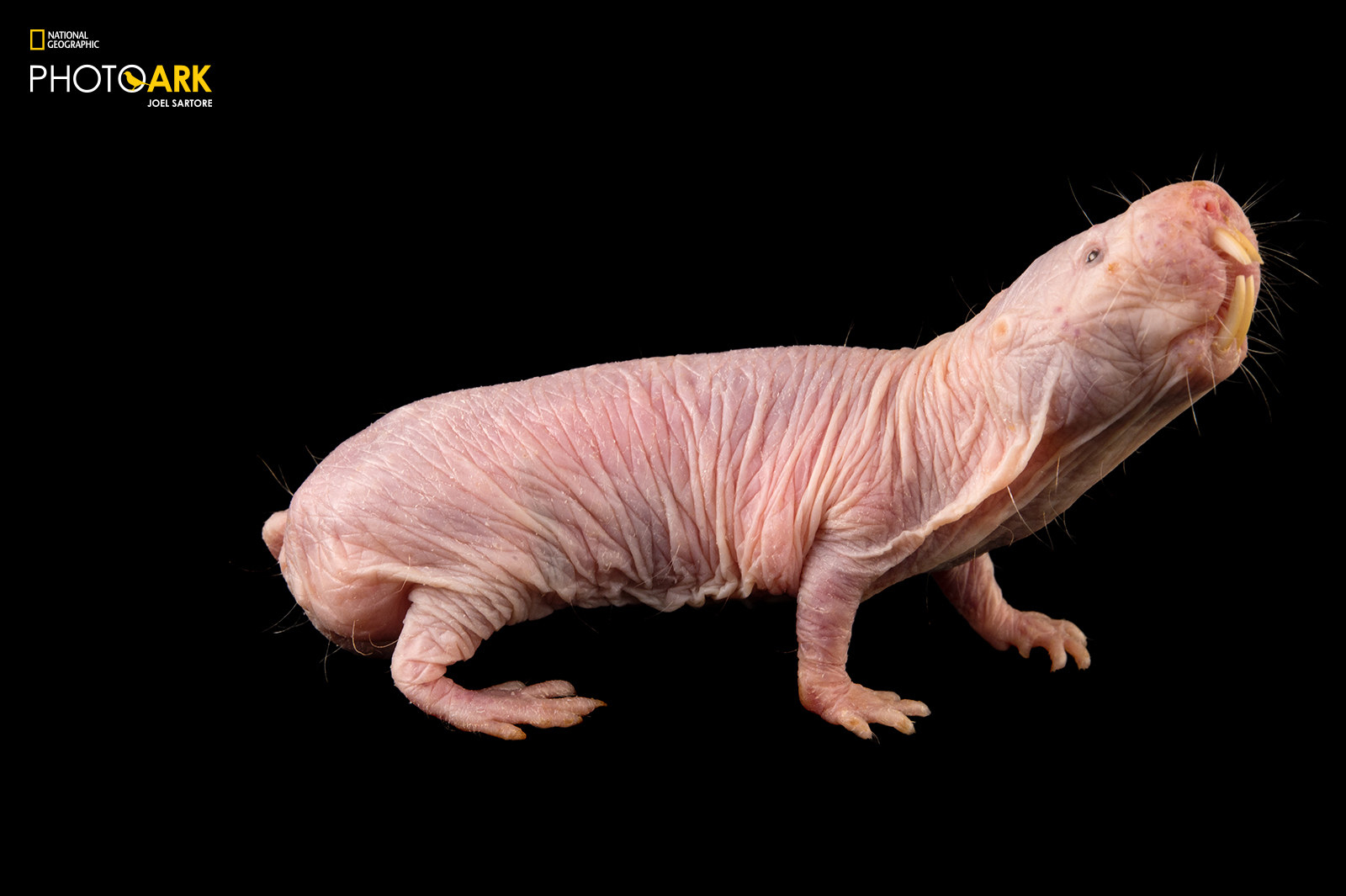
CAN YOU TALK ABOUT YOUR PROCESS?
We use black and white backgrounds, so no distractions, and studio lighting to see the animal’s true color, and we shoot them at a level where you can really look them in the eye. We’re primates ourselves and we really react to eye contact. The goal really is to show what biodiversity looks like at this point in time. We work with captive animals for the vast majority, because it's very hard to convince a tiger to come out of the woods and lay down on a background for a portrait.
The shooting is easy — the prep is what takes time, trying to figure out what we need and how we’ll go about getting it, as each animal is a little bit different. We work at zoos, aquariums, nature centers, wildlife rehab centers, and private breeders. We work with the organizations a long time in advance — we get their inventory and we say, OK, we’d like to do these 30. They come back and say, well, these 20 might be possible, they’re more curious, more friendly, hand raised, etc.
If it's a small animal, they’ll be transferred on the day of the shoot in a kennel, and then the kennel is opened up and they walk into a shooting tent that we have set up. We’ll shoot black and white and then it goes back into its enclosure.
If it's a larger animal, then the zoo will prep that space with the black or white backdrop. Usually it's an off-exhibit space, like where the animal would go to feed, or sleep for the night. So the animal is used to that, and on the day of the shoot, the animal thinks that he or she is just coming in to have lunch.
For aquatic species, we will shoot aquariums where we will get the animal surrounded by lighting. These are all done very quickly to reduce stress. For animals that don’t have eyes, like jellyfish or coral, those are a little bit harder to get people interested in. We’re still working on that. They're often really the animals that run the planet.
HOW DOES THIS PROCESS WORK OUT?
It usually works out pretty well because the zoos know their animals, and we take care to make it not stressful. With some animals, like chimps, it's a little harder, because they are smart and fast and aggressive and strong. I don’t really have a chimp portrait that I like yet — we work on it every few years.
When it was early in the project, we tried using white seamless paper in an off-exhibit space at a zoo in Kansas, and they just destroyed the set in about 10 seconds. They didn't even enter the space! You can see it on my site if you look up “The Chimp Incident.”
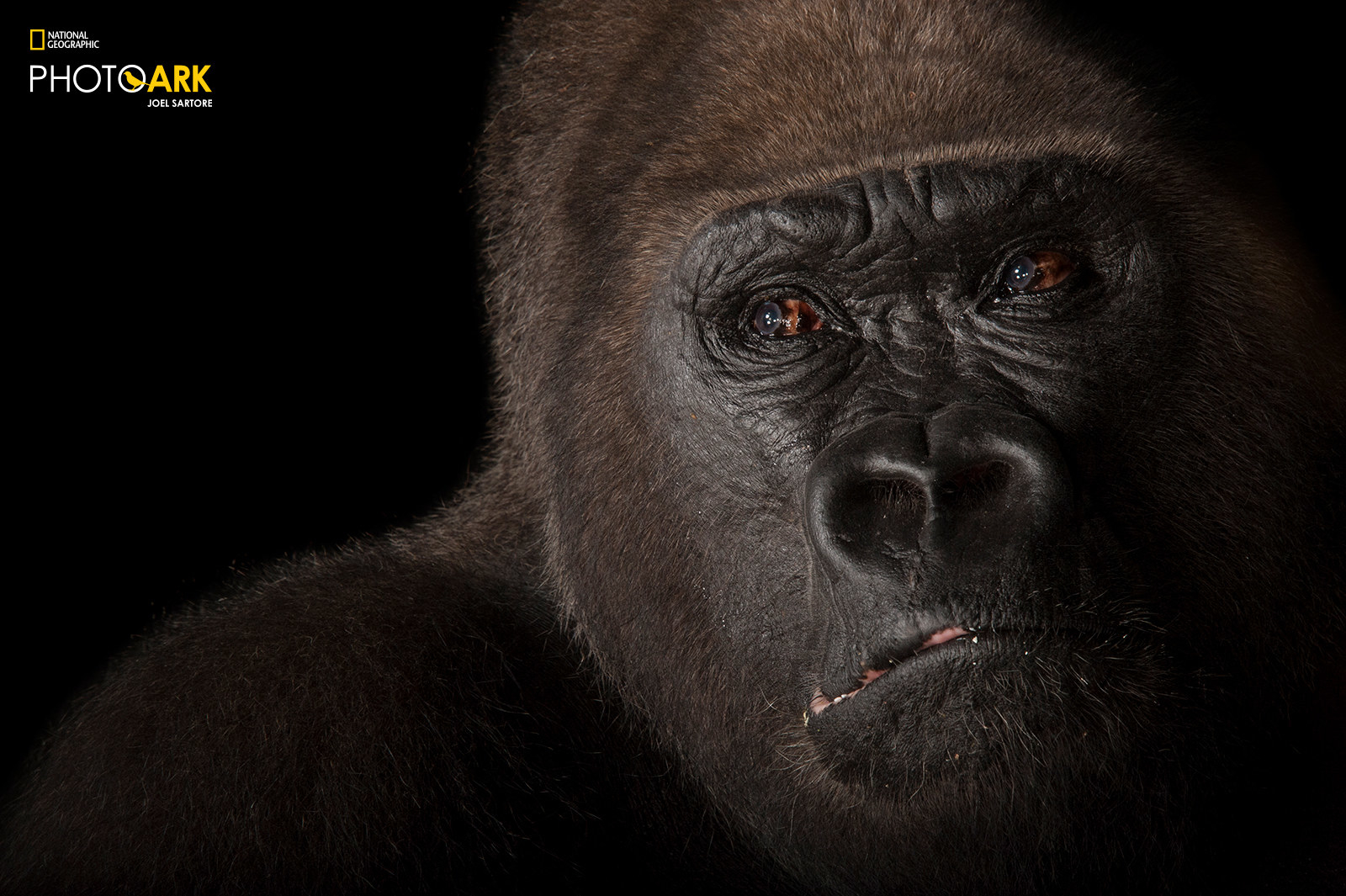
HOW MANY ANIMALS DO YOU PHOTOGRAPH EACH YEAR?
At first we photographed lots and lots of stuff, and now, we don’t have as many things to do, because we’ve got a lot of the more commonly kept animals in zoos. So we have to go to the South Pacific islands, or to Southeast Asia, or West Africa. Brazil has amazing biodiversity. Germany has a lot of good collections. So we still have a lot to do, but we have to go further to get fewer now.
We figure that the world has about 15,000 species in captivity currently, and we figure to get the last third, it will take another 10 to 15 years.
DO YOU HAVE A WISH LIST OF ANIMALS?
There are animals that come up again and again, that are almost mythical, that you hope to get. The Javan rhino is one: There are maybe 50 of them left in the wild, and you’d have to get them with camera traps, using night as the black background, at a water hole in the dry season — but that would be a very expensive proposition.
We just need four to five small cats to have them all. There’s the Chinese mountain cat and the Andean mountain cat — both very secretive, none are in captivity that we know of, so they are very hard to get. People love cats, so we try to focus on those.
I was very excited to get the güiña at Fauna Andina because it's the only place in the world that is breeding them. They breed them in big vegetated enclosures, and then they are released back into the wild. They had one hand-raised cat that was abandoned by its mother, and it actually vocalized quite a bit for us. That was the first time that this cat has been recorded vocalizing in captivity.
WHAT’S BEEN YOUR FAVORITE?
I always say the favorite is the next one, and it's true, I always get very excited about the next one, whether it's a moth or a rhino.
The only thing I’ve photographed since the shutdown was a crayfish that was caught here in Lincoln. We need more invertebrates in the Photo Ark, so this is a good time to do that. I have a portable studio, and when it warms up here I'll be out doing insects. We’ll do some aquatic stuff, snails and stream fish, so I’ll stay busy this summer.
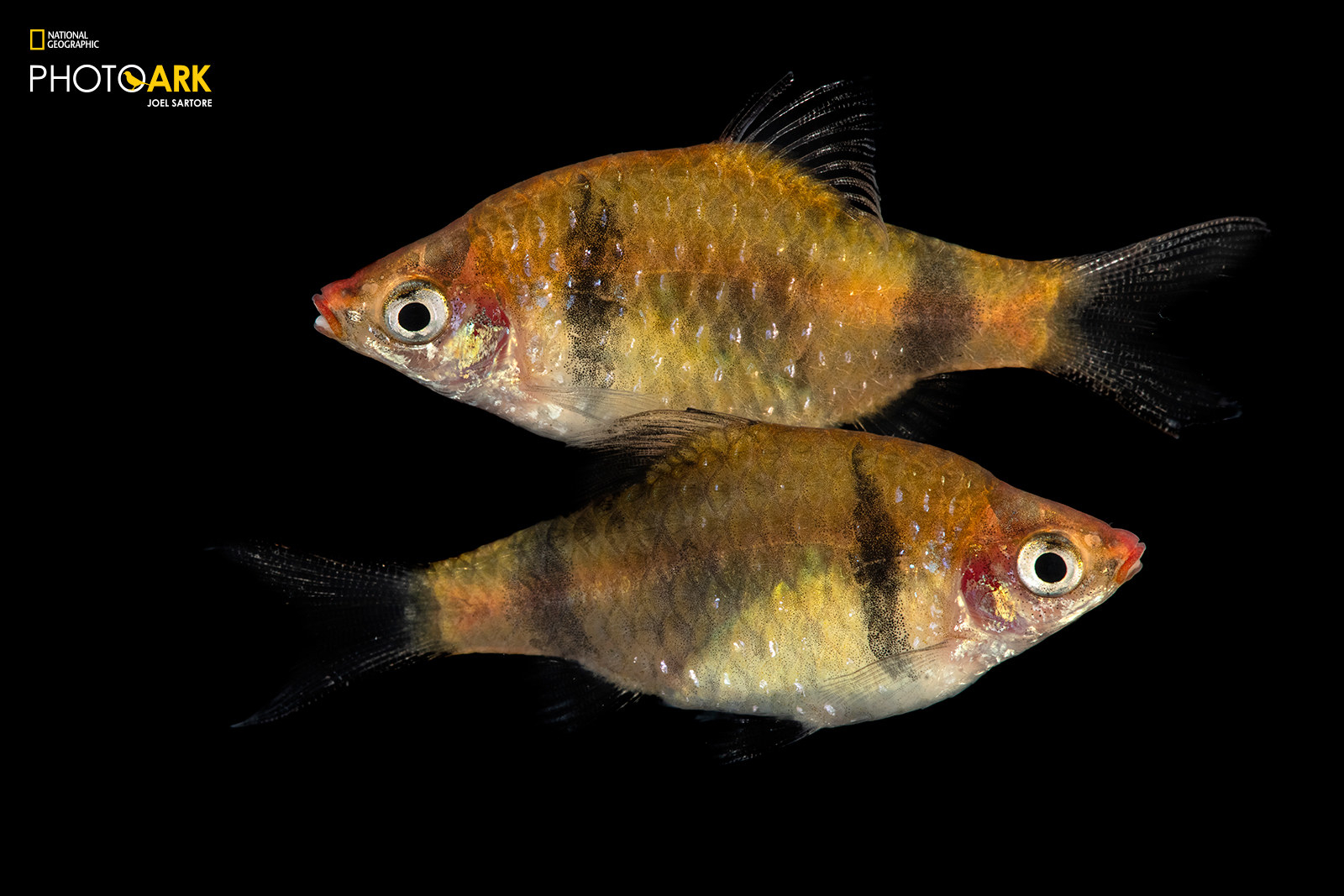
HOW HAS THE RECEPTION TO THIS PROJECT SHIFTED IN THE PAST 15 YEARS?
A lot of these animals only exist in zoos now, who are maintaining these insurance colonies to make sure they don’t go extinct. Good zoos — nobody likes a bad zoo — good zoos with abundant funding and attention and care, are really critical going forward to a lot of species. We hope to celebrate that, and talk about the conservation measures that are needed to save them. And we photograph rare and common species, by the way, because we don’t know what’s going to become rare going forward.
Modern zoos are conservation centers, and they relate to the public. For people in cities, it's their only opportunity to see or smell or hear a real wild animal. If you limit animals to just some quaint notion on a screen, why would the next generation care about going out and saving the oceans or meadows or prairies? They would have no experience with it, if their whole world is virtual. So this is a way to make these animals real.
Right before the shutdown, I was at the London Zoo and they have these fish that are native to Mexico that live — that lived— in these springs and ponds that were fed by desert aquifers that are gone now because of drought, climate change, and over-appropriation for agriculture. These animals exist just at that zoo, which is the only thing standing between them and extinction. These are not animals that show well — they are tiny and drab — and yet, these people decided they are worth saving, they have a basic right to exist. I find that very noble.
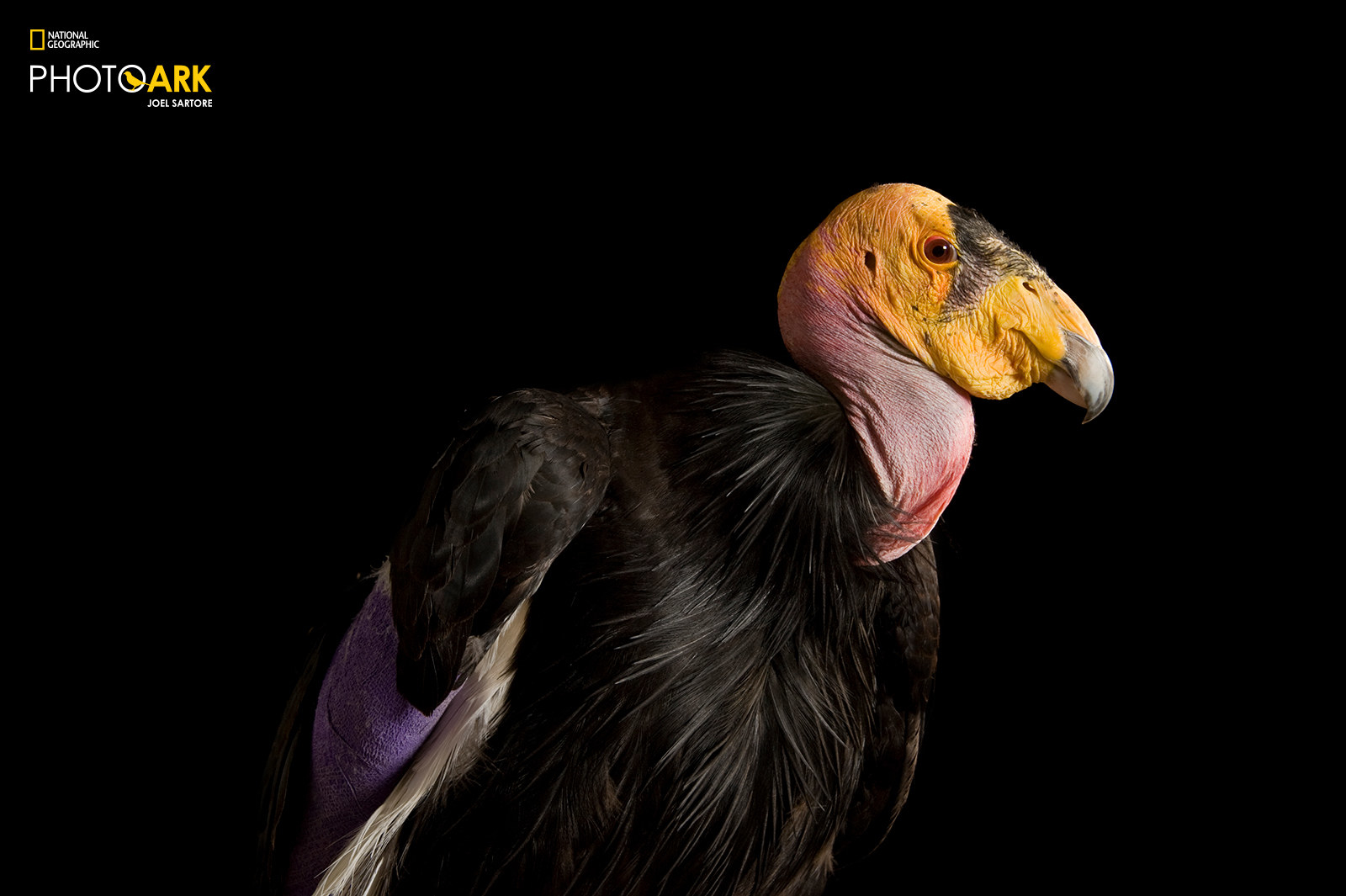
WHAT ARE YOU HOPING VIEWERS WILL GET OUT OF THIS?
We try to tell the animals’ stories in an interesting way to get people to care about them, to give a voice to all creatures great and small, from ants to elephants. Along the way, we hope that people will consider their own consumer choices — they really affect the world. What are you buying, and what did it take to get that product to you? We just want to make for more educated consumers, in an entertaining way, so that people will want to do the right thing and realize that it's good for everybody, humans and animals both.
What people don’t realize is that we really need nature, we REALLY need it. It provides us with clean air, clean water, the food that we eat. We have to have pollinating insects to bring us fruits and vegetables. We have to have intact rainforests around the equator to regulate the rainfall that we get in areas where we know how to grow crops in good soil. If we do not save vast blocks of intact ecosystems or habitats, we’re going to doom ourselves.
Look at how it took a pandemic to clear the skies, to give nature a break. People can finally hear the birds in their neighborhoods. I'm not saying anything to negate the impact — it's a terrible disease. But if this pandemic does not convince us of the need to shut down wildlife markets — this is just one of many viruses that could get loose on us. If this doesn’t convince us, nothing will. If we continue to ignore what the animal world is telling us, it's really going to get rough for us. It's just not going to be the same world that we grew up in.
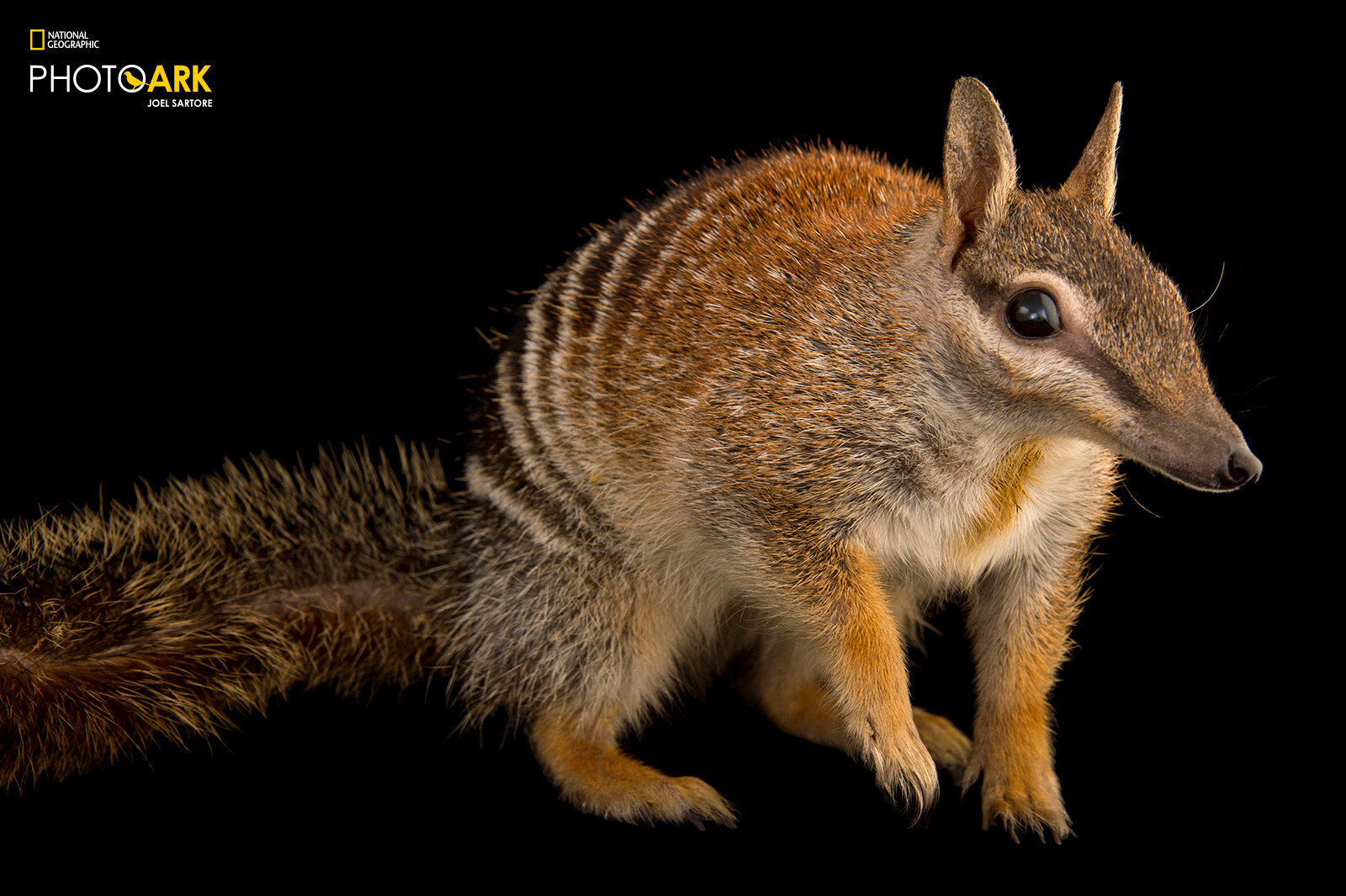
Overall I'm very hopeful. I see this project gaining momentum, and I’m hoping we’ll save some species. We can’t save them all, but we’ll at least get their stories out there. I almost feel like it's my job to tell their stories well and photograph them. If the world wants to pick this up and run with it, that’s great.
Each species that we photograph is precious, irreplaceable, and in my mind, has a basic right to exist. In a lot of ways, we can’t even fathom what its role is in the world, but it took hundreds of thousands of millions years to evolve. Nature is where we get a lot of our medicines. All these species matter in ways that we don’t understand. And I will do this project until I can’t anymore.
WHAT CAN INDIVIDUALS DO TO HELP?
As bad as the pandemic is, climate change is a much bigger and more permanent deal that we need to not forget about. Most conservation work is funded by people like you and me — they are not funded by government grants. Supporting local Audubon chapters, and if there is an animal that people care about, there is probably a group working on it locally.
